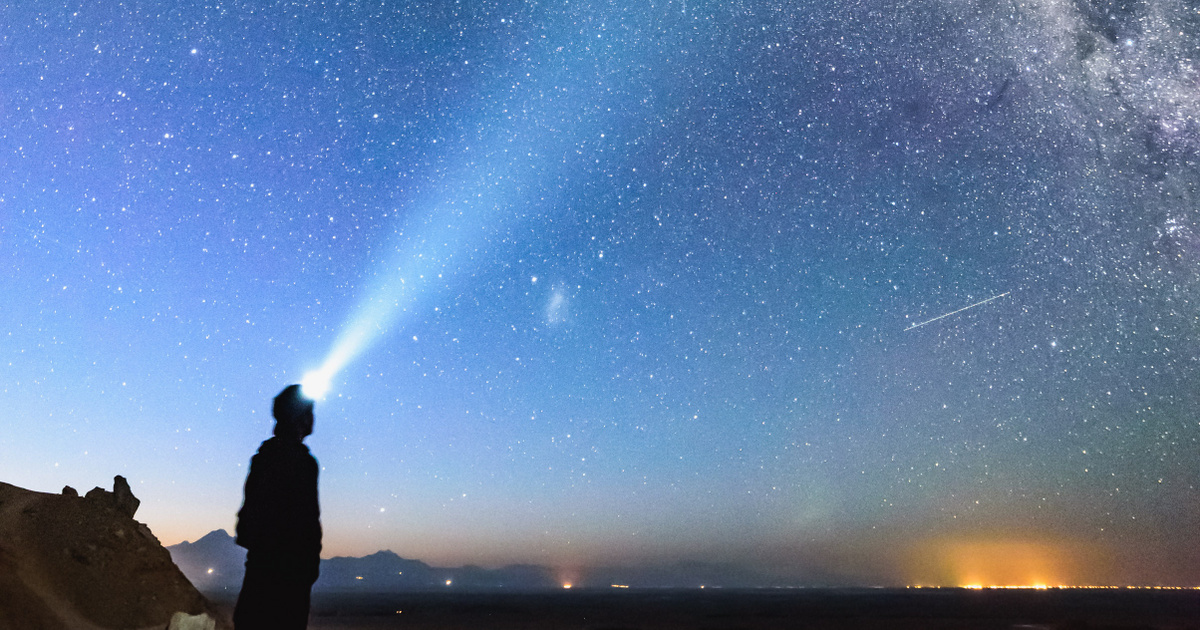Time dilation is the phenomenon that when we observe other parts of one system moving relative to each other, time seems to pass differently. If the observed system moves away, time seems to be lengthening, and the duration becomes longer, that is, it slows down – if the system approaches, the opposite happens, time increases. This phenomenon not only provides an opportunity for fun thought experiments, in which one member of a pair of twins is placed on a plane with a stopwatch, but it also has a very serious everyday practical role in the operation of GPS satellite positioning systems, for example.
Somewhere in the depths, that’s another “Einstein was right again” story
– thought modestly Professor Geraint Lewis, a cosmologist at the University of Sydney, whose new research on the expansion of the universe was recently published by natural astronomy.
As the universe accelerates and expands, and its parts move away from each other, the ancient worlds observed at astronomical distances slow down. Proving this by observation meant confirming Einstein’s theory of relativity, even though Einstein himself did not believe the universe could expand, which he later described as his biggest mistake.
Lewis and his colleague, Brendon Brewer, determined the time expansion of the universe so far based on the change in the light of quasars. The bright nucleus of galaxies is called a quasar. Inside such a galactic core is a supermassive black hole with billions of solar masses, surrounded by a cloud of dust and gas. Matter constantly falling into the black hole heats up and radiates such energy that it is brighter than the entire galaxy. The matter around the core forms a disk, which is not very large on a cosmic scale, so the quasar’s light shows fluctuations that can be measured in days.
Using data from the Sloan Digital Sky Survey, Pan-STARRS and Dark Energy Survey, Australian researchers analyzed the light from 190 very distant quasars. If the quasar is located 12 billion light-years away, this also means that we are seeing its image from 12 billion years ago – that is, what such a quasar looked like just over a billion years after the beginning of the universe.
If you look back when the universe was just over a billion years old, we see time slowing down by a fifth
Lewis explains.
It’s already raging like a storm from a distance
Of course, this does not mean that times have changed, just that we see it this way from our own point of view. The specific quasar is changing at the same rate as the nearest quasar, and in fact, given its huge distance, we can’t really be sure that it’s still there today similar to what we see. Since the acceleration of expansion is proportional to distance, they move away faster than the speed of light, so we don’t know much more about the present of these quasars.
Before then, astronomers could look back at half the age of the universe by observing supernovae and measuring time dilation. Through two decades of measurements, Lewis and Bohr have established that, like supernovae, quasars can also be seen as reference points for measuring time.
The result may play an important role in resolving the current crisis in cosmology, and the reason for this is that the Hubble constant, which shows the expansion rate of the universe, shows a different value when observations of a supernova by the Hubble Space Telescope are based on it, and it has a different value when measuring microwaves by radiation Planck Space Telescope wallpaper.
(IFL ScienceAnd SciTechDailyAnd Space.com)












































